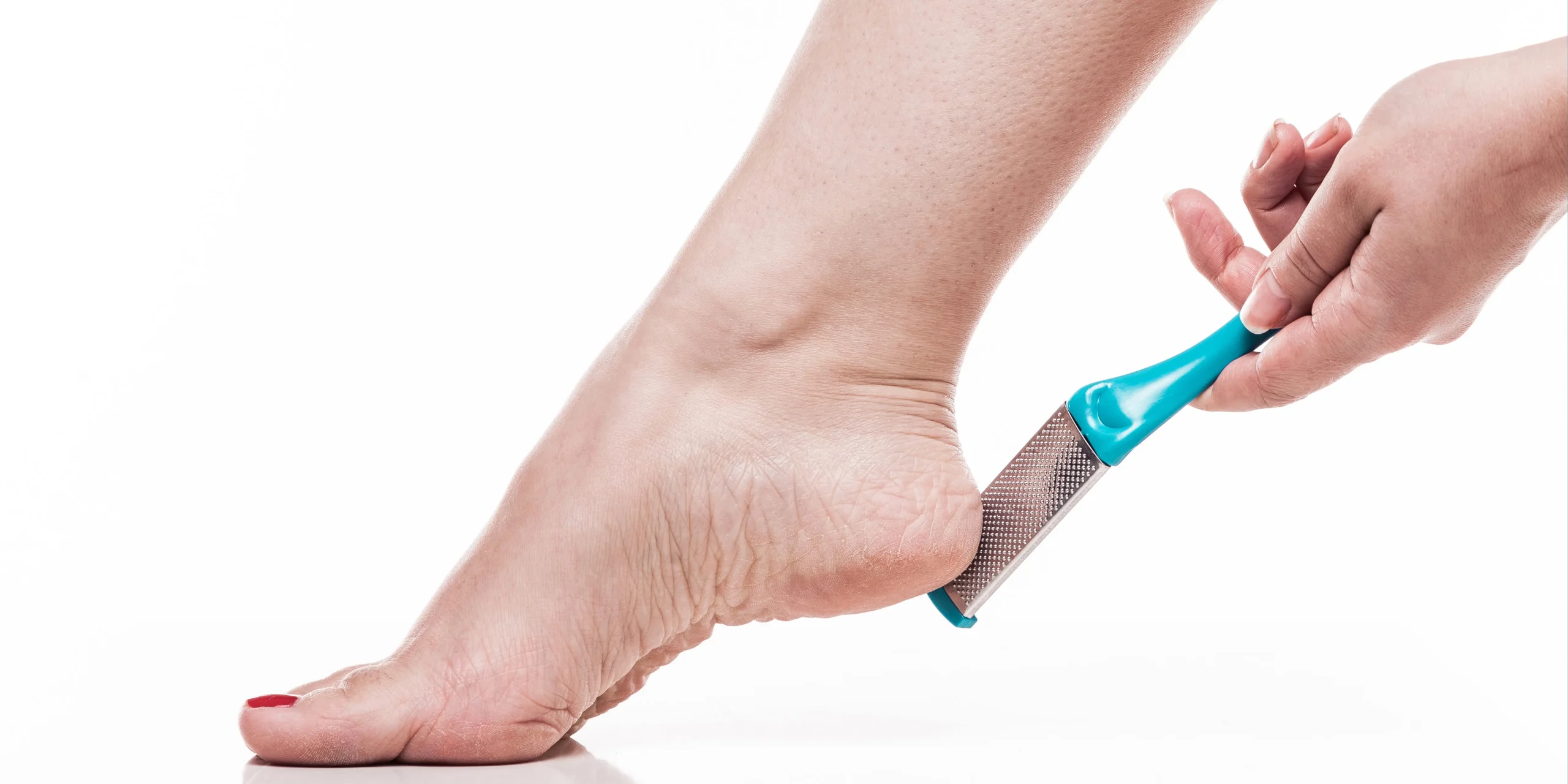

Athlete’s Foot vs Dry Skin: Key Differences and Treatments
Learn the key differences between athlete’s foot and dry skin, including symptoms, causes, and effective treatments for each condition
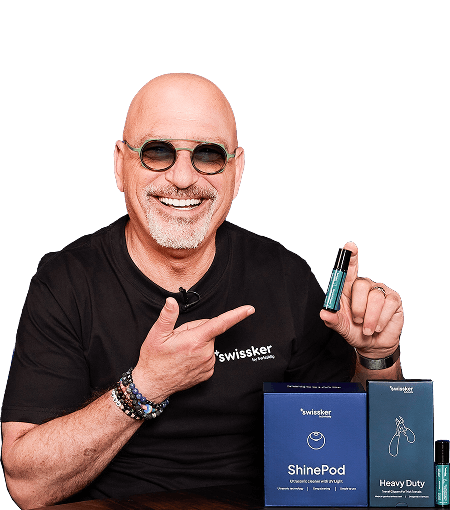
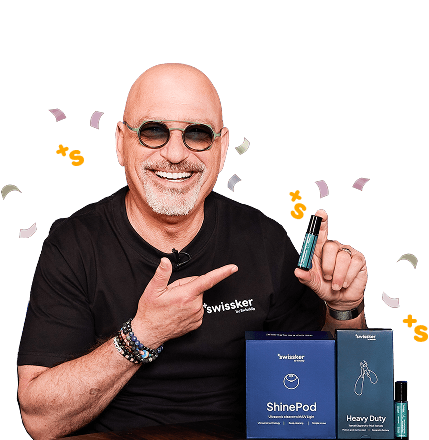


Free Fast Shipping on Orders Over $60


If you’ve ever noticed discoloration, thickness, or odd textures on your toenails, you may have wondered: is it nail fungus, or perhaps something else?
Two of the most common culprits are nail mold and nail fungus. While they can look similar at first, they’re actually very different in cause, treatment, and risk.
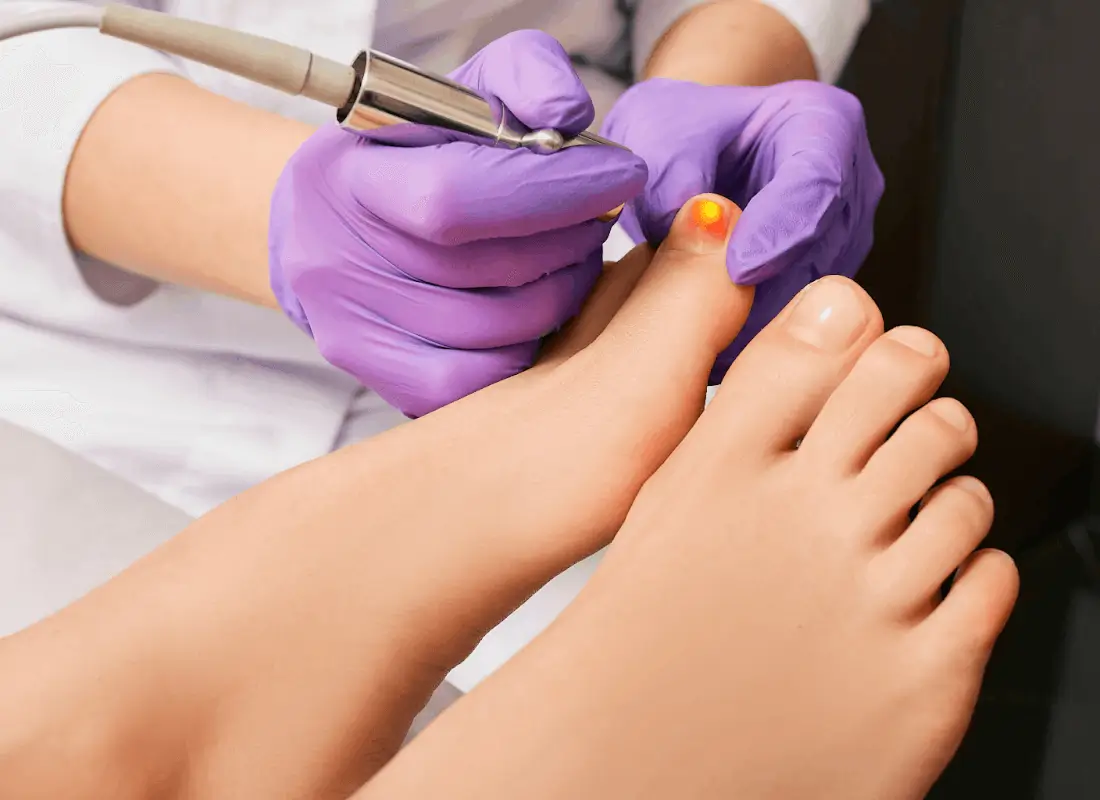

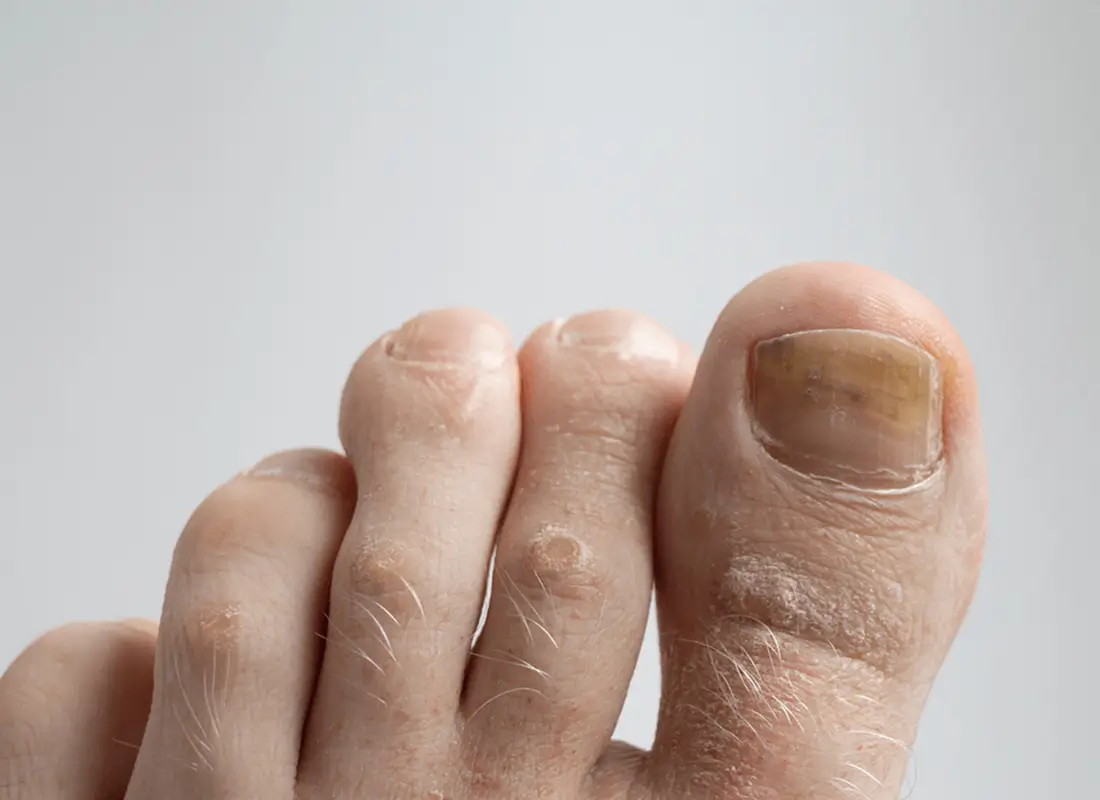

Not sure if it’s mold or fungus? Here’s a quick breakdown of the key differences to help you spot and treat the issue.
| Nail Mold | Nail Fungus | |
|---|---|---|
| Cause | Bacteria or mold | Fungal organisms |
| Appearance | Green, black, or yellow spots | Yellowing, thickening, crumbling nails |
| Pain/infection | Rarely painful | Can be itchy and sometimes painful |
| Contagious | No | Yes |
| Common areas | Under artificial or damaged nails | Toenails, particularly big toes |
| Treatment type | Antibacterial or anti-mold | Antifungal, topical or oral |
| Risk factors | Moisture, false nails, damage | Sweaty feet, shared showers, injury |
Tip: Good Hygiene is key to preventing both mold and fungus.
While they can both cause discoloration, the fungus usually thickens and distorts the nail, while mold tends to stain it without changing shape. Mold is also more common under artificial nails, whereas fungus tends to affect the natural nail bed and grow worse over time.
If your nail is:
crumbling,
smells bad,
Or seems to be spreading to nearby toes or skin,
You’re likely dealing with a fungus. In either case, the faster you start treating it, the faster you will recover from it.
Treating nail fungus takes consistency and patience. There’s no magic bullet, but early, proper care can stop it in its tracks.
Myth Vs Facts: While there is no magic instant cure, there are indeed ways to speed up the cure process. The key is to change the hygiene routine and start applying the treatment as soon as possible.
Treating nail mold is simpler, but it’s important to act quickly.
Pay attention to the physical differences between them. If you see yellowing, thickening, and crumbling nails, you have fungus.
The fastest way to kill nail fungus lies in quick treatments. The best way to quickly get rid of nail fungus is to commit to a minimum of 5 consecutive days of treatment and use remedies such as Antifungal remedies, nonprescription antifungal nail creams and ointments (such as the Swissker Anti-fungal Stick), or oral remedies (which often require prescription).
Yes, while truly uncommon, the nature of nail fungus is a contagious one. Make sure your usual salon has a disinfection process to properly clean all tools and equipment after each session.
If correctly treated, you should be able to see results within 15 days.


With a strong background in engineering and a passion for creating user-focused solutions, Adrian leads the Swissker development team with precision and innovation. Over the past decade, he has helped design and refine tools that combine cutting-edge technology with everyday practicality. Adrian is dedicated to improving quality of life through well-engineered, safe, and effective solutions, backed by rigorous research and a deep understanding of user needs. When not in the lab, he stays current with emerging trends in personal care, wellness, and health-tech innovation to ensure every product meets the highest standards.
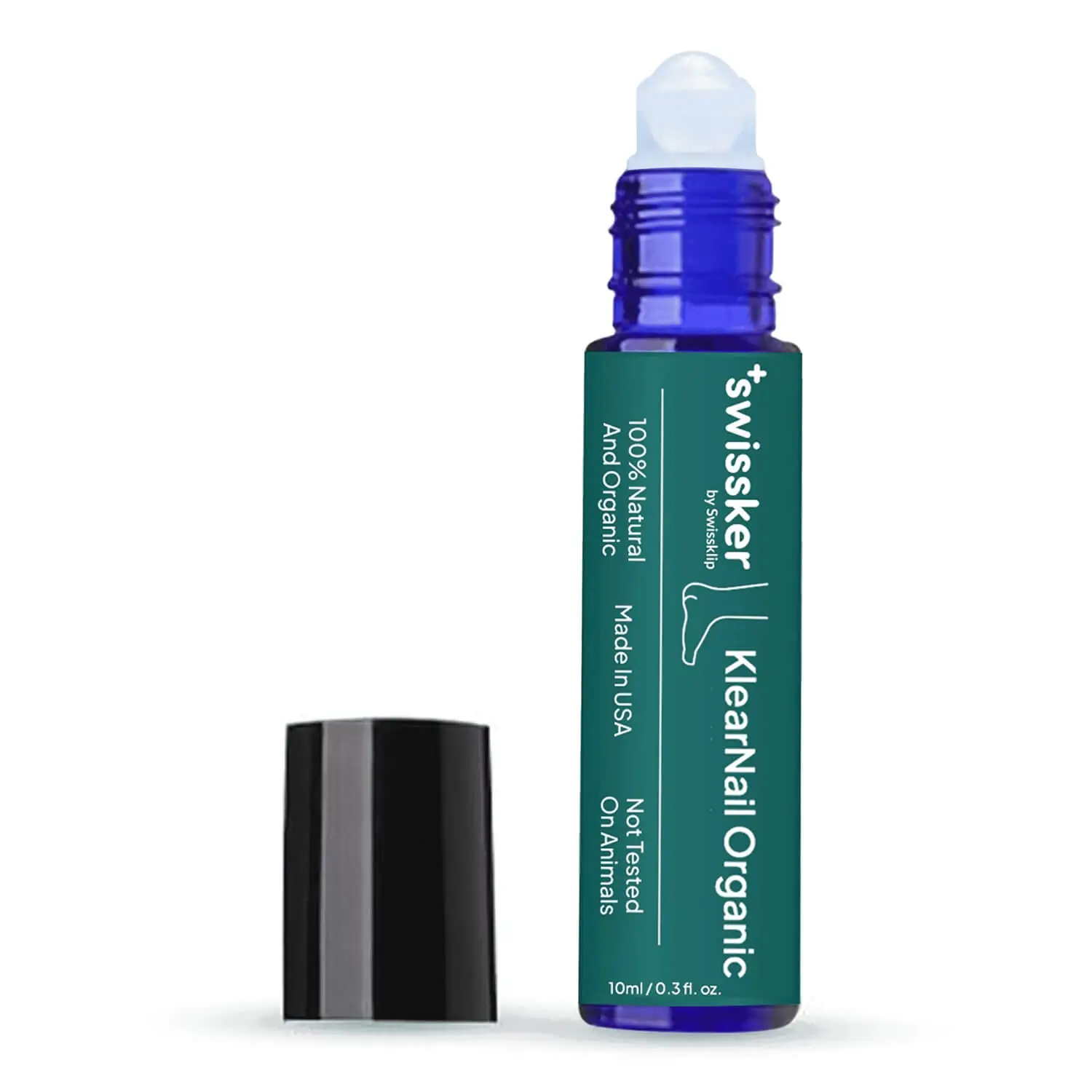

A roll-on solution that kills drug-resistant fungus on contact.
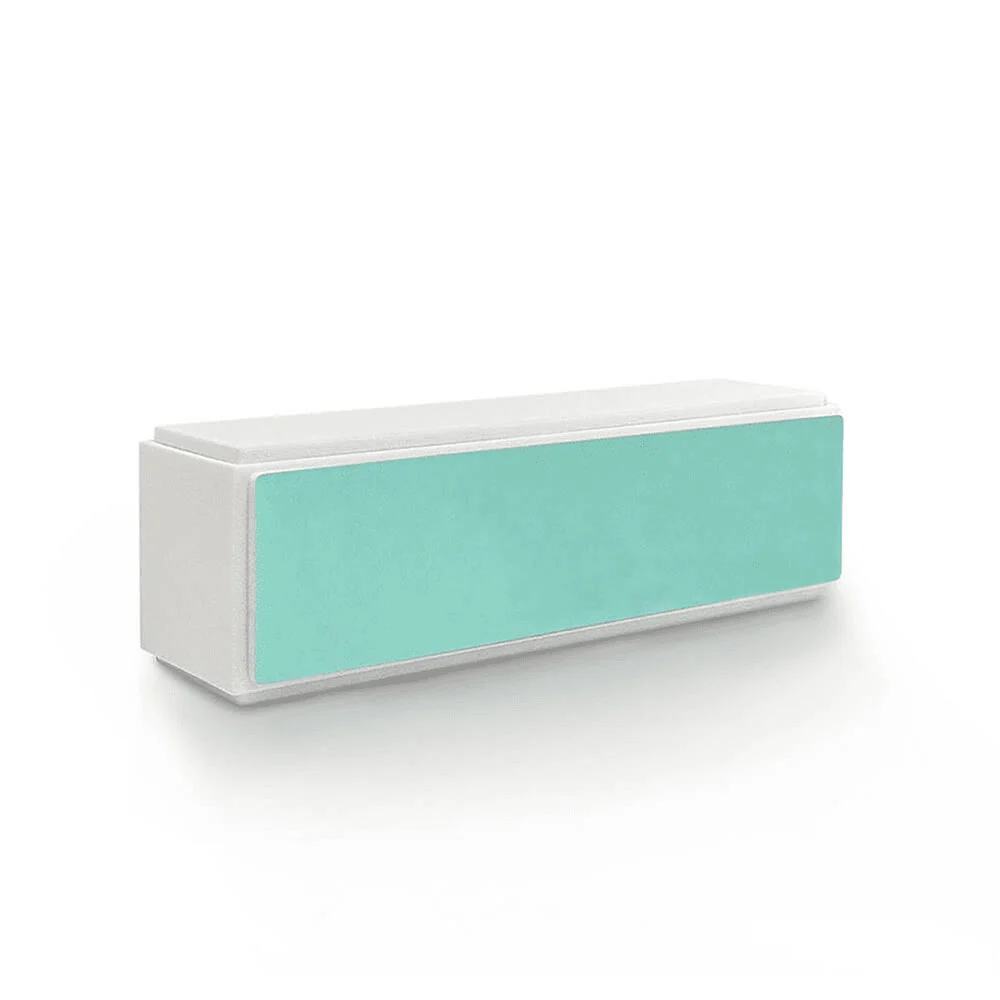

Achieve salon-quality smoothness and a dazzling natural shine
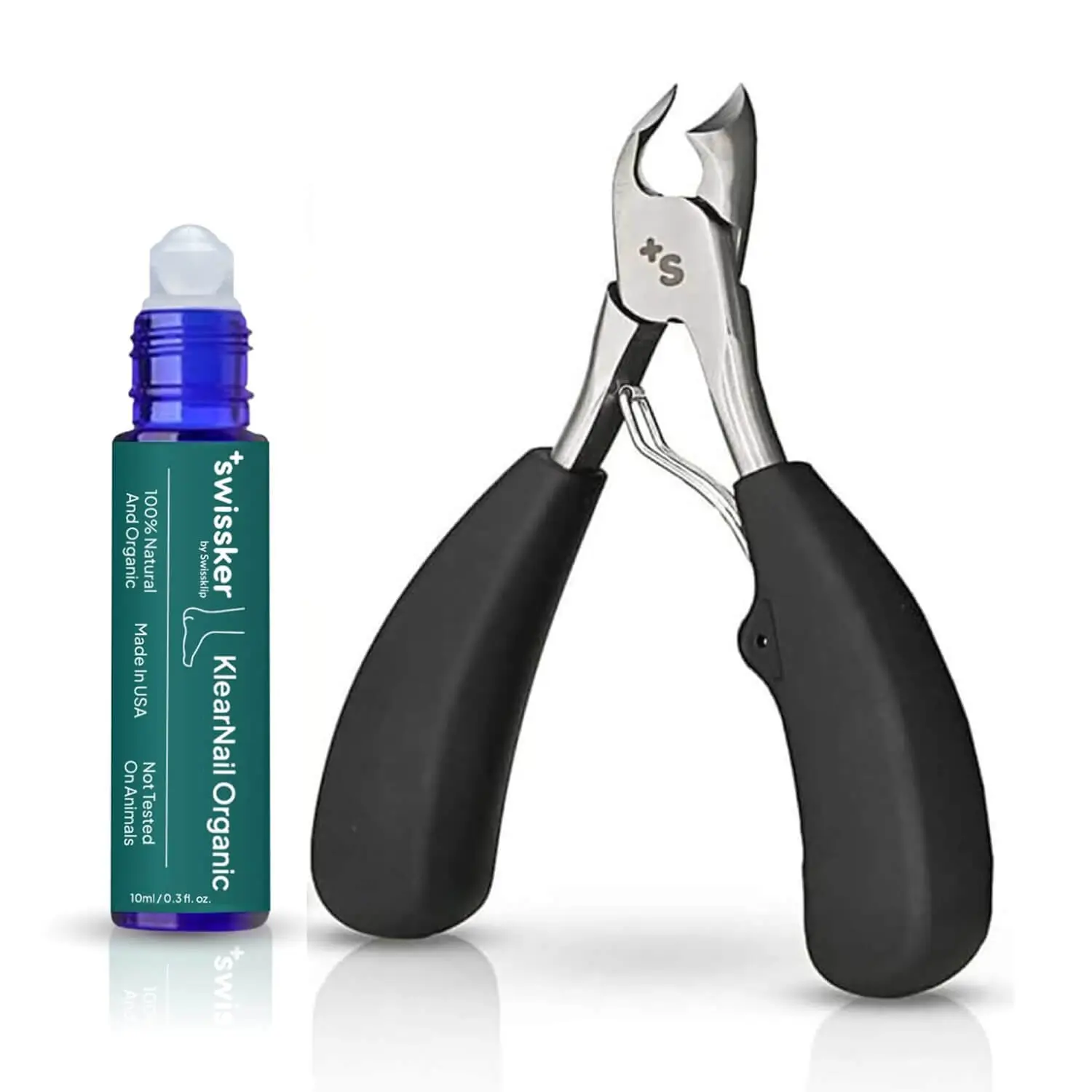

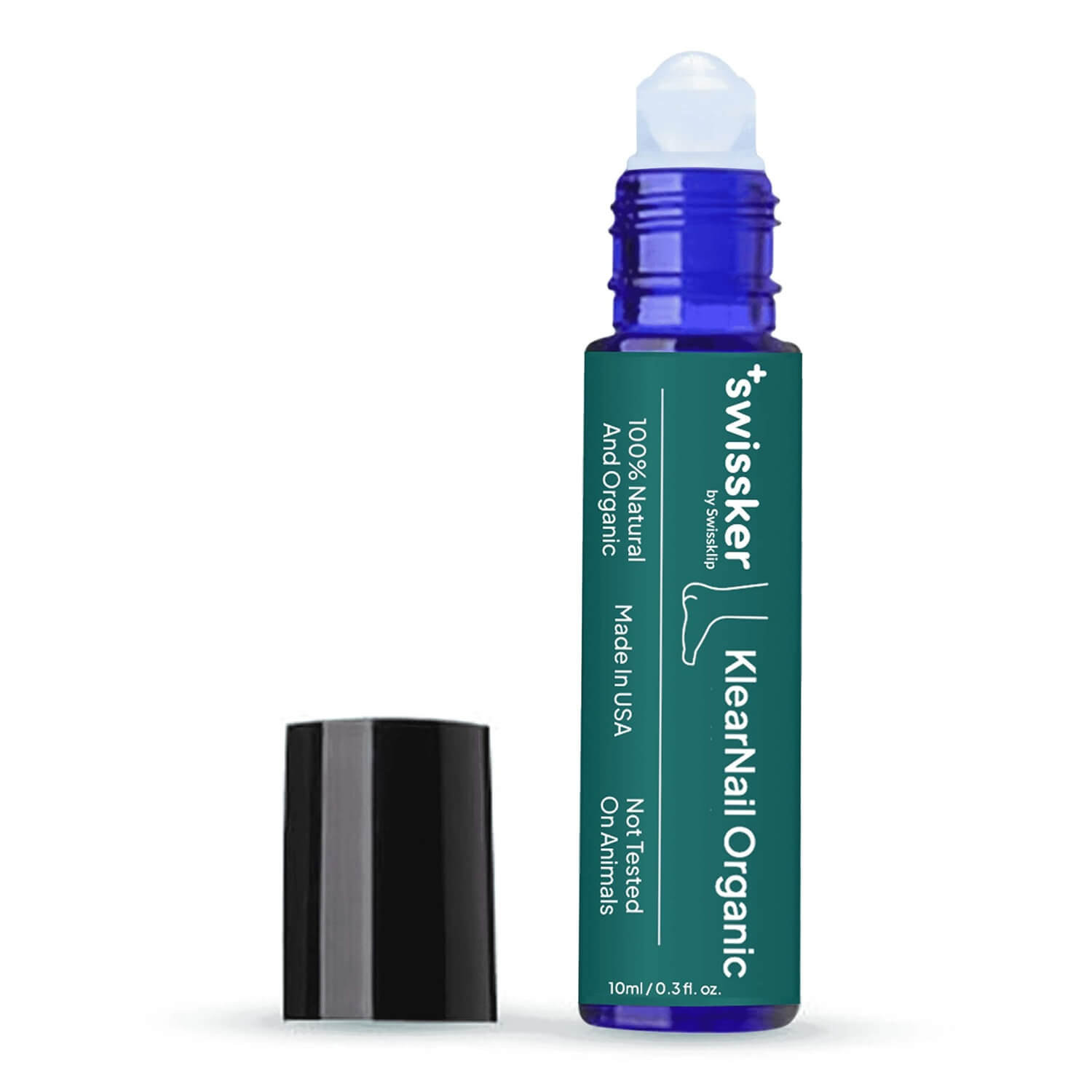

A roll-on solution that kills drug-resistant fungus on contact.
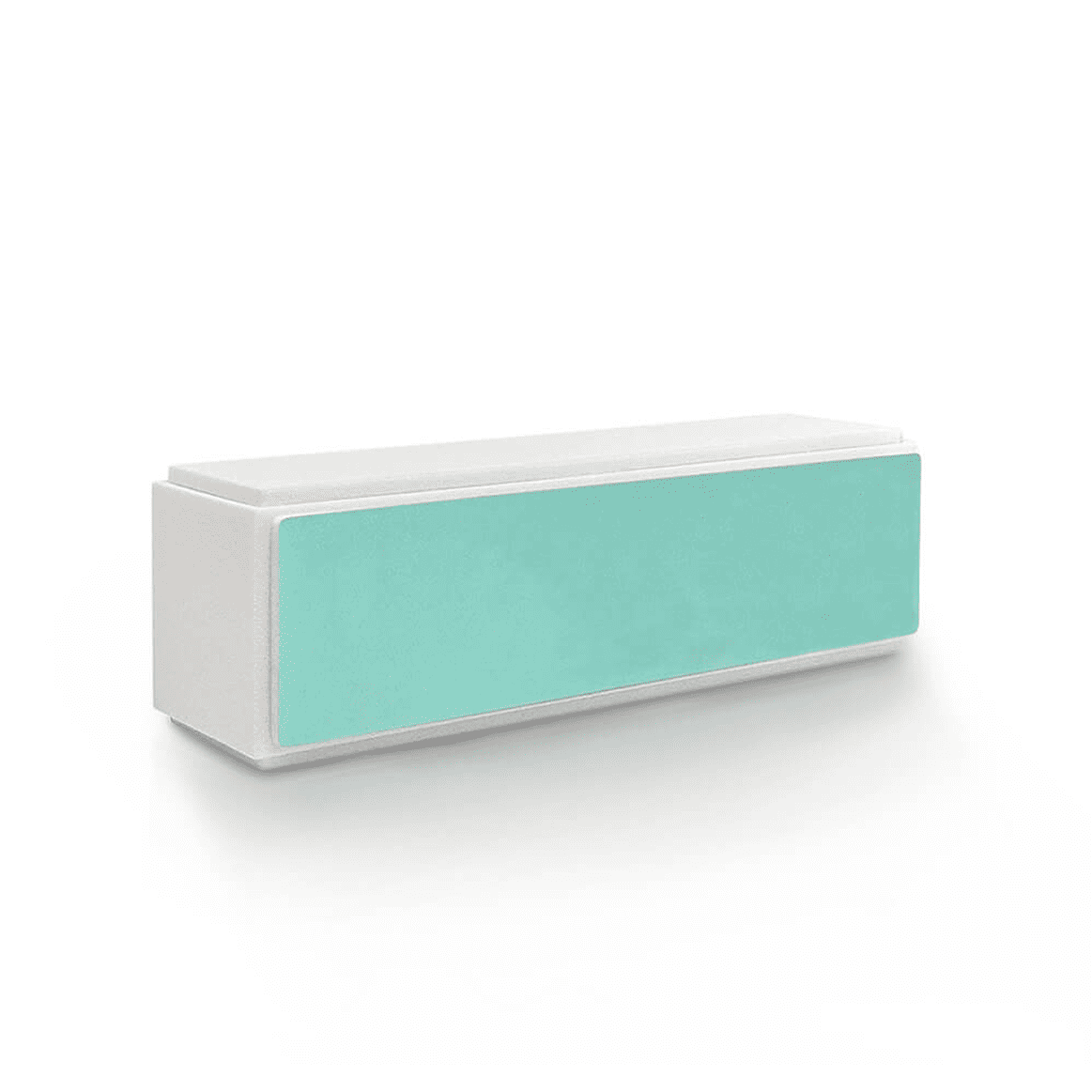

Achieve salon-quality smoothness and a dazzling natural shine
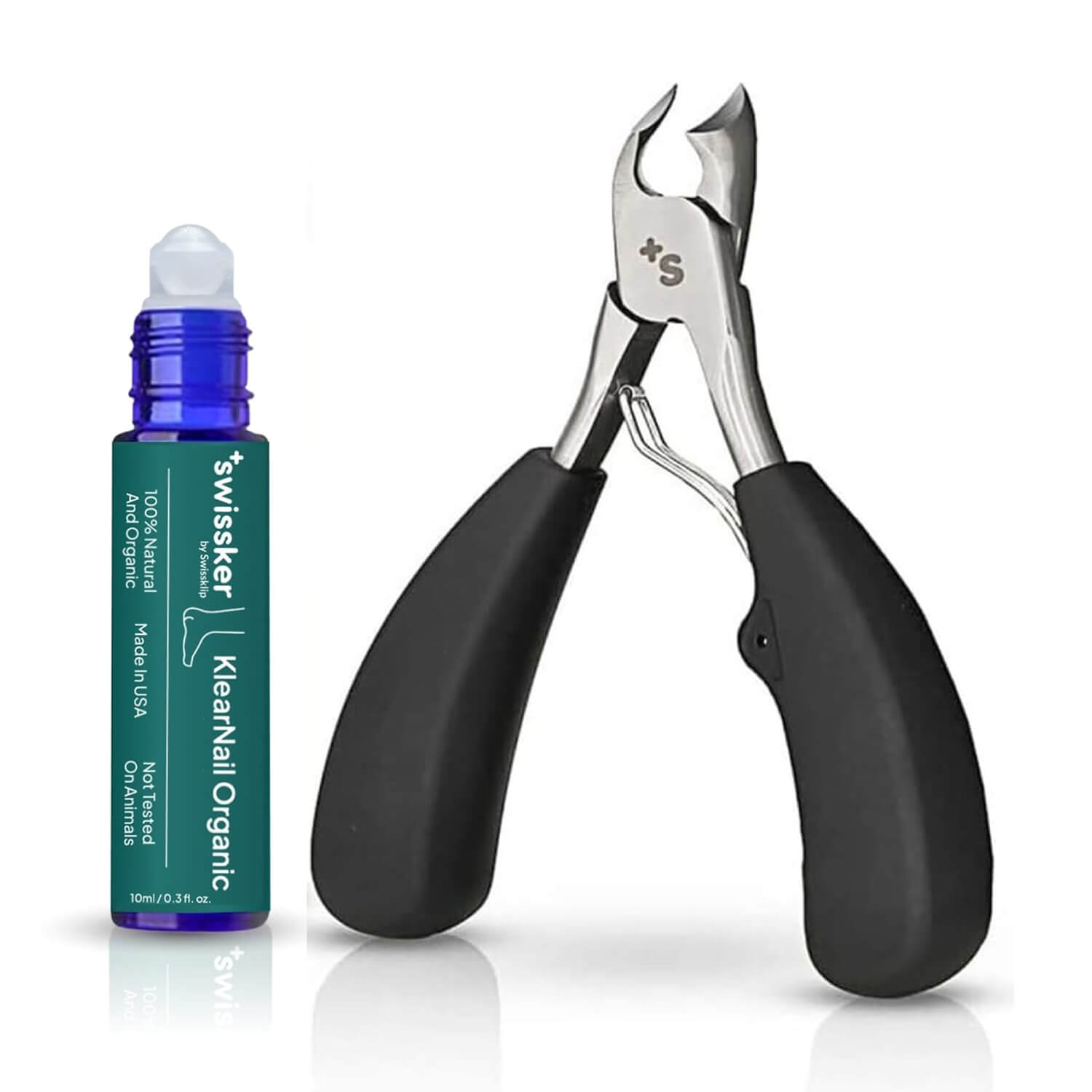



Learn the key differences between athlete’s foot and dry skin, including symptoms, causes, and effective treatments for each condition
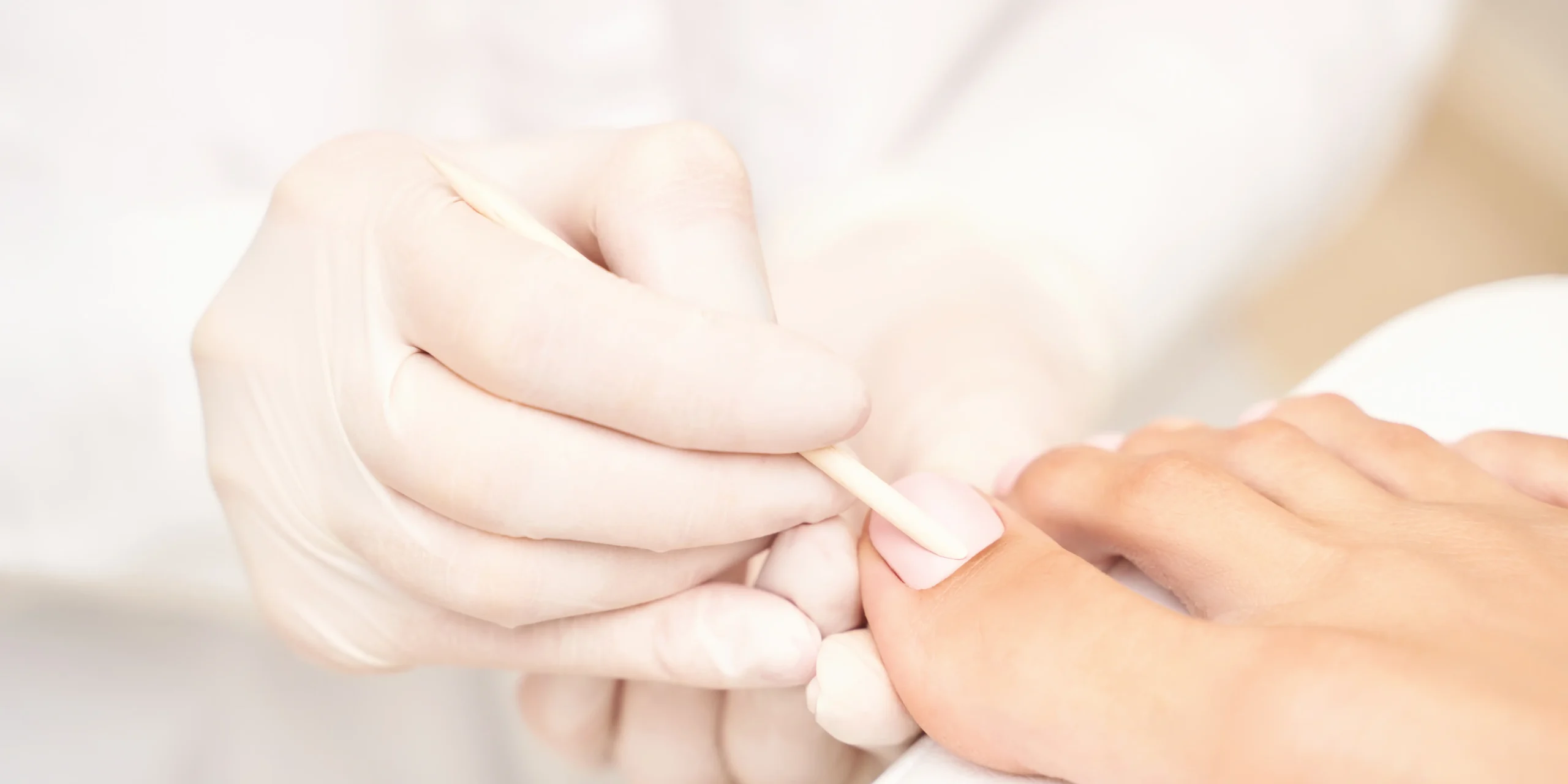

Wondering why your nail is white? Explore common causes and simple remedies to treat and prevent white spots or discoloration
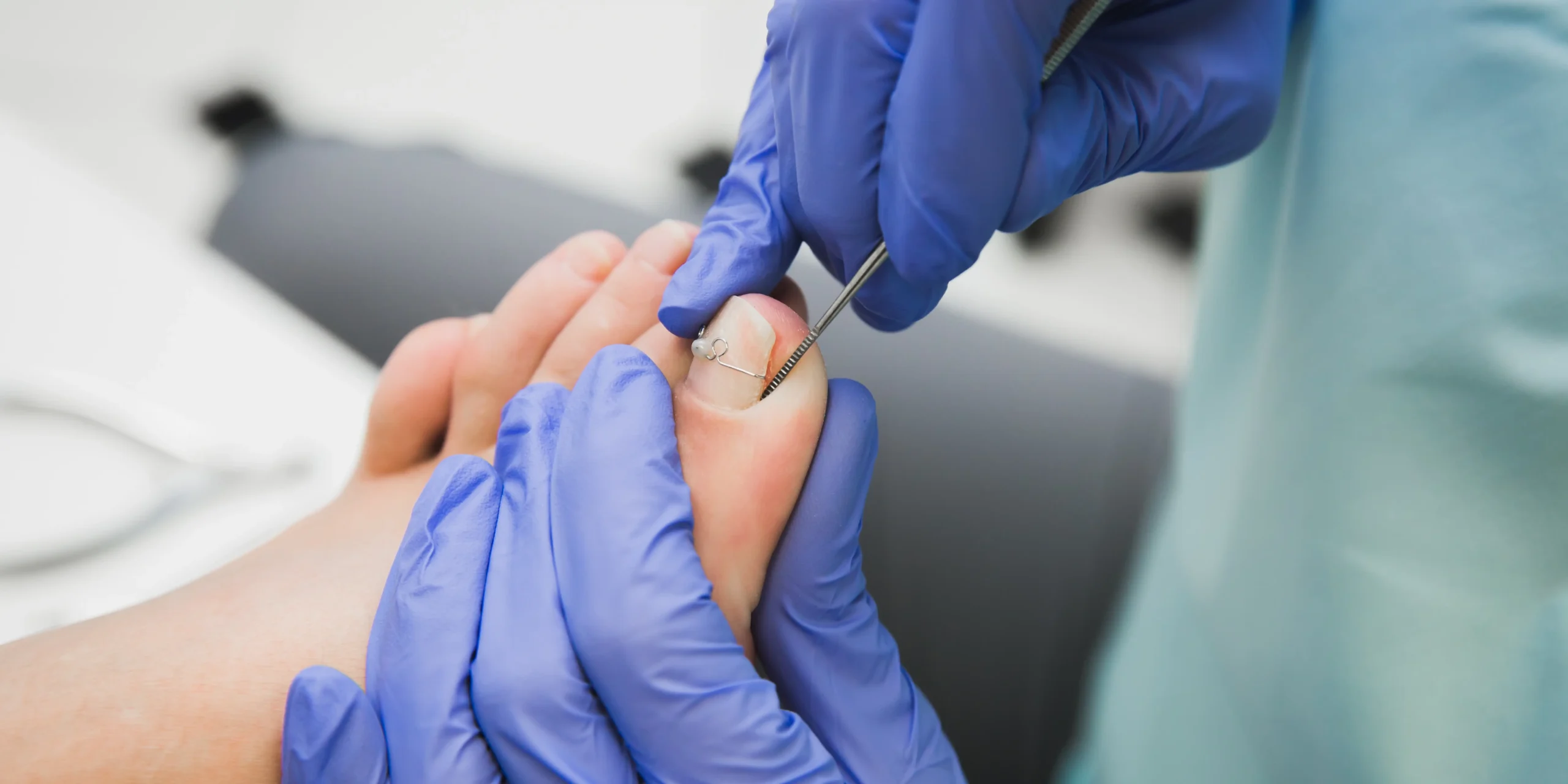

Learn effective strategies to prevent and treat ingrown toenails, including proper nail trimming, footwear choices, and when to seek professional care